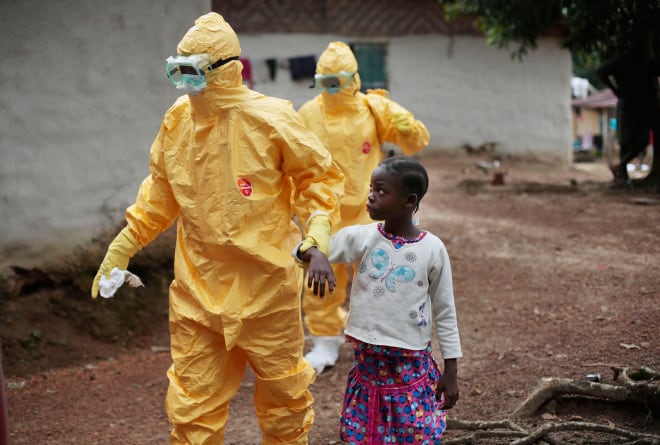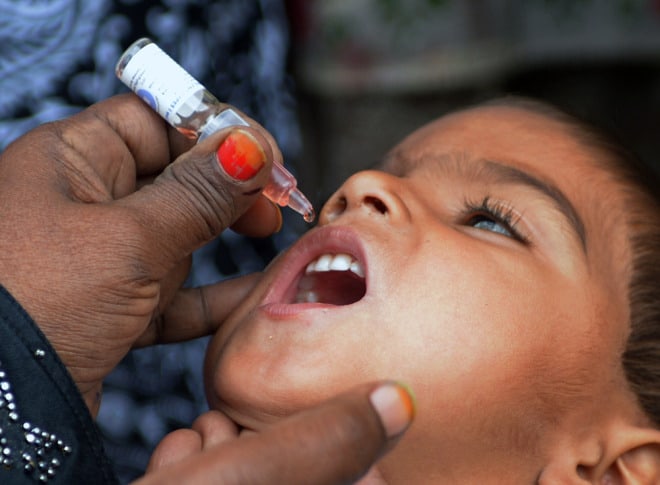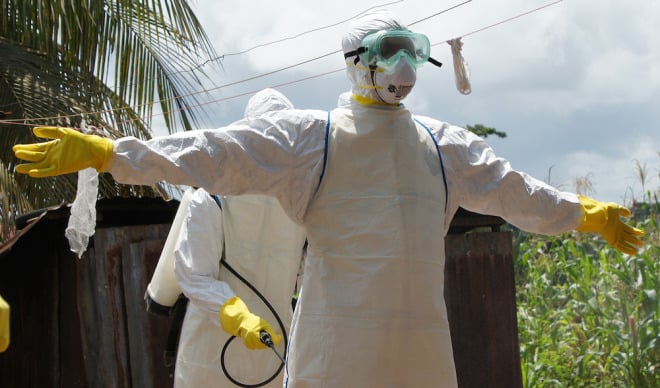
Women gather in the Guinean village of Meliandou, believed to be Ebola’s ground zero.  Jerome Delay/AP
Jerome Delay/AP
Awareness of Ebola is picking up again in the United States: An American volunteer who was working in Sierra Leone has contracted Ebola and been medevac’d to the National Institutes of Health Clinical Center for Ebola treatment, and 10 more volunteers have been brought back to NIH, Omaha and Atlanta, to be examined at three of the four institutions in the US that have safe units to house them.
It’s a reminder that Ebola still persists in West Africa: In the last period the World Health Organization reported on (the 7 days ending March 8), there were 116 new cases. One bit of good news: None of them were in Liberia, for the second week in a row. But Guinea and Sierra Leone, where this volunteer was infected, continue to struggle.
And in a research paper published as that volunteer was being flown back, there’s a reminder that the Ebola outbreak is creating layers of health risks for those countries. In Science , researchers from NIH and four universities warn that Ebola’s interruption of other health services, such as childhood immunizations, threatens to create secondary epidemics of preventable diseases that would dwarf Ebola’s impact. In particular, they warn that there could be 100,000 additional measles cases, and up to 16,000 additional deaths, if health services are not restored.

 Jerome Delay/AP
Jerome Delay/AP
 Rizwan Tabassum/AFP/Getty Images
Rizwan Tabassum/AFP/Getty Images







